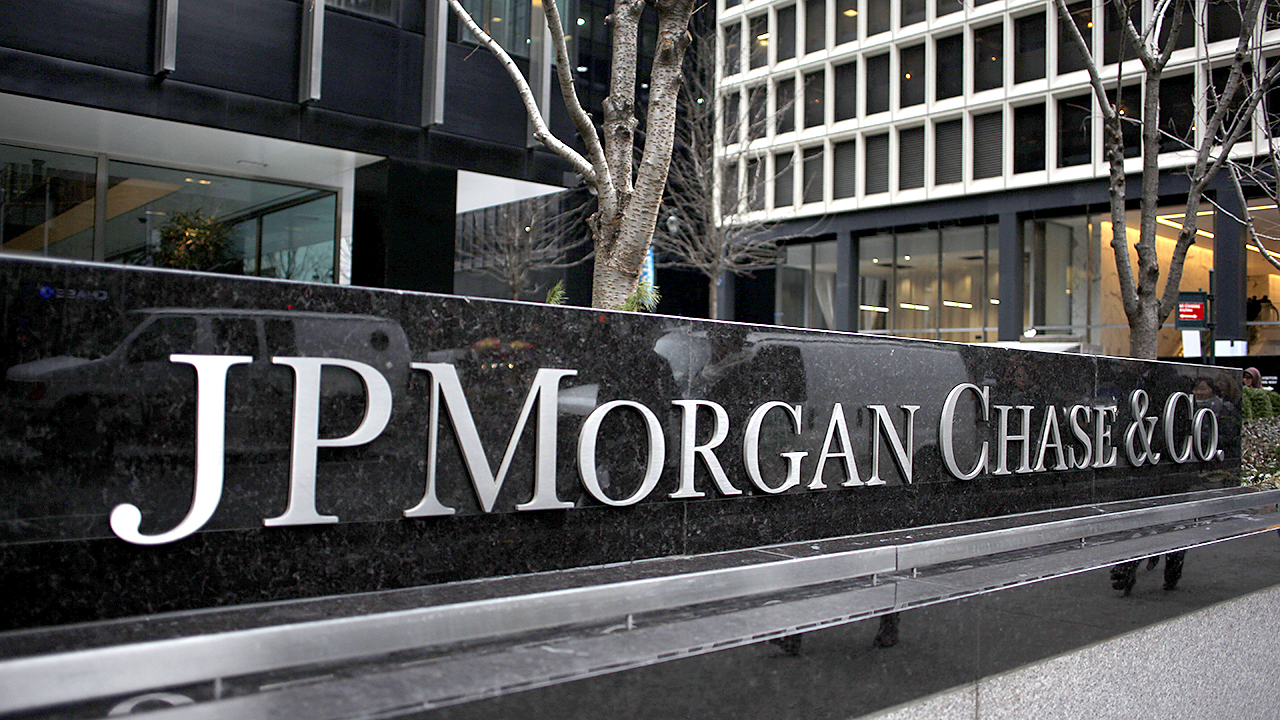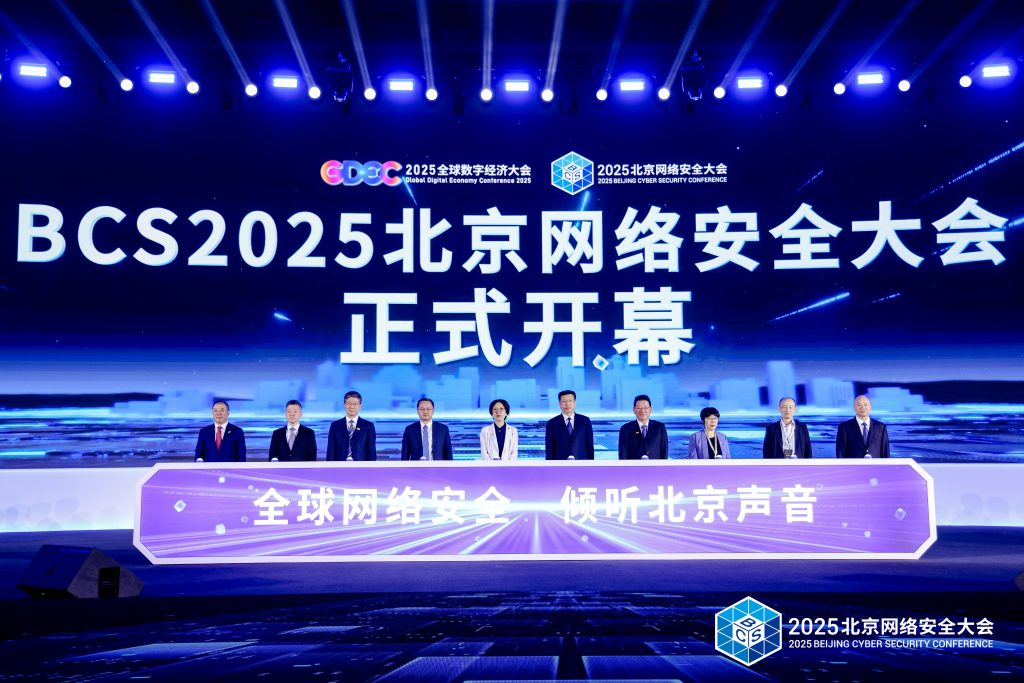The Urgent Need for Visibility in European Supply Chains


For European businesses in 2025, supply chain challenges are intensifying under the weight of growing uncertainty. A perfect storm of geopolitical tensions, shifting regulatory demands, and persistent economic volatility is exposing deep vulnerabilities in the systems companies rely on to move goods, manage stock, and meet customer expectations. What were once considered robust, interconnected global networks have become increasingly fragile—and visibility into those networks is vanishing just when it’s needed most. By Michel Spruijt, Brain Corp
From unpredictable tariffs to delays in production and transit, today’s disruptions aren’t just logistical nuisances. They translate into billions in lost revenue, operational waste, and frustrated customers. But while these problems are complex, many stem from a surprisingly simple issue: a lack of real-time visibility into supply chain operations.
Visibility: The Weakest Link
The numbers tell a sobering story. According to industry estimates, inventory waste alone costs businesses around $163 billion every year. Perhaps more concerning is that 94% of supply chain leaders admit they don’t have full visibility across their operations. Only one in three companies consistently accesses real-time, accurate inventory data—leaving the majority to operate with blind spots, guesswork, and delays.
This visibility gap has real consequences. Without an accurate view of inventory in motion, businesses face the twin challenges of stockouts and overstocking—both of which can derail growth. A stockout means a missed sale, a lost customer, and reputational damage. Excess inventory, on the other hand, ties up working capital and clogs valuable warehouse space. Meanwhile, customer trust erodes as delays become more frequent and delivery timelines less reliable. Internally, teams are left reacting to issues rather than proactively optimizing operations.
A Technological Turning Point
Fortunately, the tools to close this gap are already within reach. New technologies are transforming how supply chains are monitored, managed, and optimized—delivering entirely new levels of transparency and control.
AI-powered analytics can now process vast datasets to identify inefficiencies and risks that human analysts might miss. Autonomous mobile robots (AMRs), for instance, can conduct regular scans of inventory on warehouse floors with greater speed and accuracy than manual methods. Real-time tracking systems can monitor goods across transport networks, alerting teams to delays or disruptions before they escalate. And supply chain mapping software provides a comprehensive view of every node and vendor, helping companies proactively address weak links in the chain.
These aren’t theoretical solutions—they are proven tools that are already making a difference. Companies adopting these technologies are reporting measurable benefits, from cost reductions through waste minimization to improved inventory accuracy and faster fulfillment times.
Turning Insight Into Advantage
For businesses navigating Europe’s increasingly volatile economic landscape, visibility is not just a defensive measure—it’s a competitive advantage. When companies can see what’s happening across their supply chain in real time, they can make faster, smarter decisions. They can respond to sudden shifts in demand. They can reallocate stock between locations before a shortage occurs. And they can maintain service levels and customer satisfaction even in the face of disruption.
Getting to that level of insight, however, requires more than technology. It starts with a mindset shift—from viewing visibility as a nice-to-have operational feature to recognizing it as a strategic imperative. Companies must begin with a thorough assessment of their current supply chain operations. Where are the blind spots? Where are decisions still made based on outdated or incomplete data? Are systems integrated, or is valuable information stuck in silos?
The next step is integration. Many companies already collect large volumes of data across their supply chains—but without unifying that data and translating it into actionable insight, its value is limited. Modern, cloud-based platforms can connect data from robotic devices, tracking sensors, and enterprise systems into one cohesive, accessible view. This unified visibility is what enables real-time decision-making and unlocks operational agility.
Looking Toward a Smarter Supply Chain Future
As Europe transitions toward more sustainable and circular economic models, the demand for visibility will only grow. Businesses will be expected to track not just finished goods, but raw materials, returns, and reused components across their lifecycle. Traceability will become essential—not just for compliance and sustainability reporting, but for building trust with consumers and partners alike.
In this context, visibility becomes foundational to long-term success. Companies that invest in intelligent, connected systems today are positioning themselves to lead tomorrow—more agile, more efficient, and more resilient. Those that delay risk being left behind, overwhelmed by inefficiencies and unable to adapt to the pace of change.
The bottom line is this: supply chain visibility is no longer optional. It’s the key to navigating uncertainty, controlling costs, and delivering consistent value to customers. In an era where disruption is the norm, the ability to see clearly—and act decisively—may be a business’s most important capability.
The post The Urgent Need for Visibility in European Supply Chains appeared first on European Business & Finance Magazine.













































